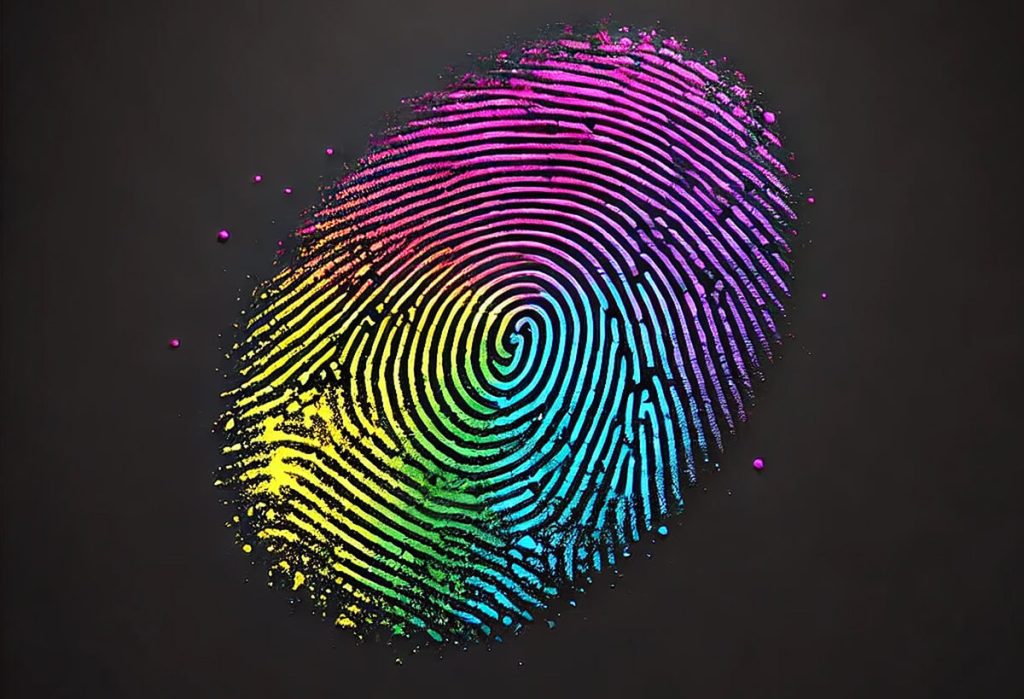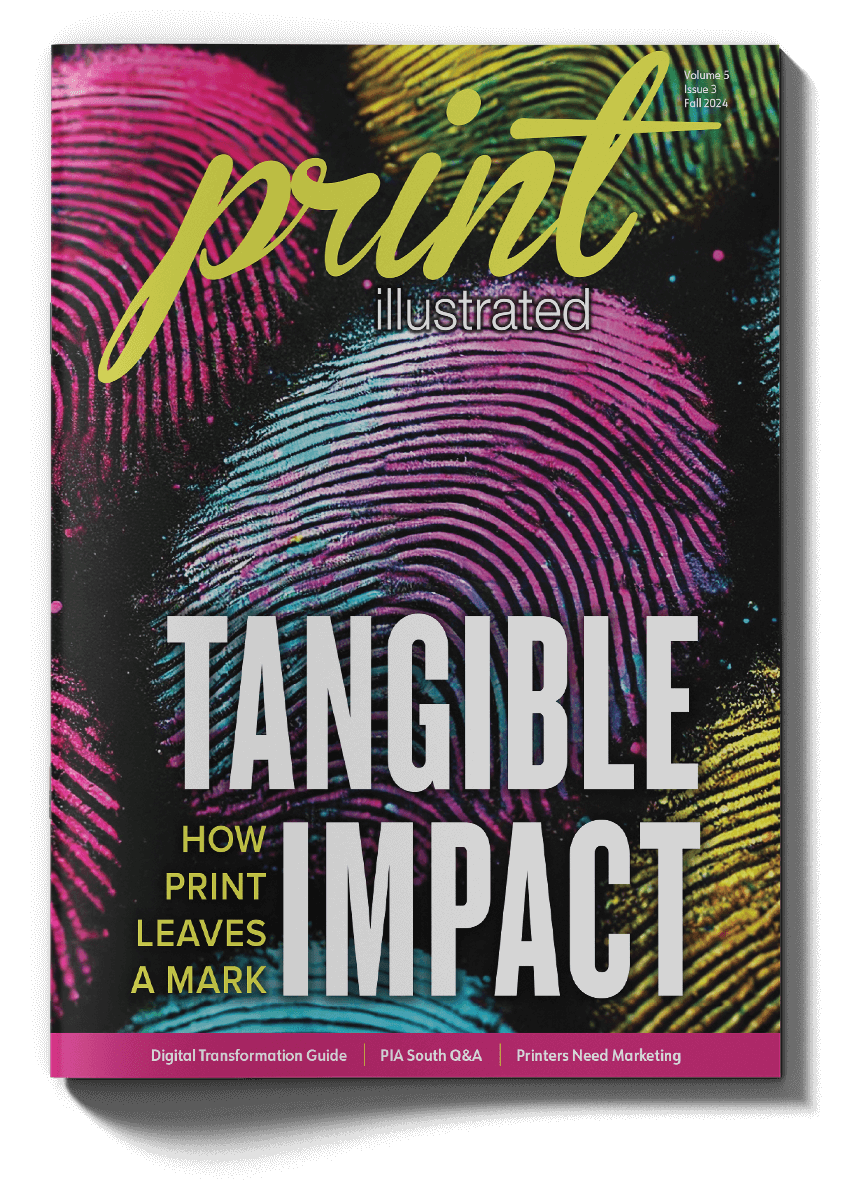As an outdoor enthusiast, Bryan Swift is a regular at REI (Recreational Equipment Inc.). You will never find him logging onto the outdoor retailer’s website or visiting a store without being prompted by what he saw in a catalog. The direct mail piece offers him an opportunity to browse the retailer’s latest product selections. Truth be told, the catalog is far more convenient and practical than an email that admittedly may wind up in the trash folder.
Swift, President of Swift Print Communications, believes that a well-planned, cross platform marketing initiative with a relevant call to action is what engages consumers. “And by relevant, I mean don’t send me information about kayaking when I’m interested in camping. Years ago, I read a white paper about a vocational college mailing where they described their demographic as young men 18 to 20 years old. They sent out a mailing for an open house or opportunity to win an ATV. The response rate was well over 90%. Even if 20% sign up for classes, the mailing more than paid for the ATV, as well as the cost of the campaign. You have to make your message relevant to your audience.”
In a landscape where everyone is doing anything to get their voices heard, print media offers a wealth of unique advantages to create memorable experiences over digital platforms. For example, Swift Communications, a digital media marketing company based in Carson City, Nevada, is working with one of its equipment/software partners on a pilot program that combines Augmented Reality (AR) with print pieces. During a recent Zoom demonstration, several participants used their phones to scan a QR code that popped up on the screen showcasing a rendering of the product.
“Direct mail has incredible staying power. Some studies show it will remain with an individual for 17 days.”
– Clint Seckman, Co-owner/President, Parkland Direct
“If you think about it, would you even open an email, especially if you had seen thousands of offers from the same brand?” Swift asks. “When you get a printed piece and your phone is handy, it’s easier to engage. In addition, a printed piece serves as a brand ambassador. Apple is known for the quality of their packaging. That’s not by chance; it’s by design. You want your customers and prospects to feel special when they engage with you.”
Swift and his team are continuing to work with its equipment/software partner on AR mailing initiatives, which has resulted in case studies showcasing the results. One of the examples involves a major university, where the head football coach delivered a message from the school. His presentation came off as if he was addressing the recipient personally. “As we sat around and brainstormed, we came up with any number of applications across the vertical markets we serve. It’s something new and different, so we are anxious to see how it will be received with our production team and market. The technology is definitely in place to make this happen.”
As digital communication continues to take over our lives, Swift believes marketers must find better ways to be collaborative. “If a tree falls in the forest and no one is there, does it make a sound? Any and all serious studies show that managed forests are healthier than unmanaged. Our challenge is marketing just how sustainable printing and forest management really is. One of the taglines on my emails is, ‘Print: The Original Green Communication,’ which I believe is true, although not popular.

From foe to friend…
There is no argument that out of the gate, digital marketing was a major disrupter to the print industry. No matter how the industry tried to spin it, the competition was real, ominous and downright threatening. But, as the digital and print worlds moved forward, the two sides started to meld.
Take Parkland Direct. While the Forest, Virginia, litho print and envelope manufacturer mainly is involved in direct mail, it initially saw marketers shying away from physical mail replies from their customers.
But today? “There are nearly as many reply envelopes being produced and the mail packages typically are set up to drive the recipient to the web,” says Parkland President Clint Seckman. “Our clients are stating that direct mail remains their top performing marketing channel through giving a physical touchpoint and being a great counter to digital burnout and fatigue. Both print and digital have their strengths and weaknesses, but being able to leverage the strengths of both makes for an extremely powerful marketing campaign.”
“If you think about it, would you even open an email, especially if you had seen thousands of offers from the same brand?”
– Bryan Swift, President, Swift Print Communications
For example, a QR code or AR bridges the gap between the physical, tangible aspects of direct mail to a digital platform seamlessly and easily. This continues to be an inexpensive and practical way to engage with consumers. QR codes continue to make tremendous strides. They are seamless to use through smartphones, trusted and people understand how to use them now.
“Incorporating this into a direct mail program allows us to very easily (and inexpensively) drive recipients to a digital platform,” Seckman says. “It is also an excellent way to track performance of direct mail campaigns—a way to hone in on what works and what doesn’t for long-term planning. AR brings a much higher level of interactivity to print and engages audiences to really help boost responses. It’s a perfect way to deliver your message through another touchpoint and build brands.”
In the end, as any marketer will attest, nothing compares to the tangible aspect that direct mail offers, and the trust and brand loyalty it delivers. “Direct mail has incredible staying power,” Seckman says. “Some studies show it will remain with an individual for 17 days. It requires less cognitive power to process print and people instinctively trust it more. People who receive a direct mail piece have a much higher memory recall of that brand than they do when receiving something digitally.”
In a time dominated by screens and digital interactions, the enduring allure of print remains a testament to its unique and irreplaceable value, proving time and again that its role is not steeped in past glory, but a vibrant, essential component of today’s marketing playbook—a role of a lifetime.

